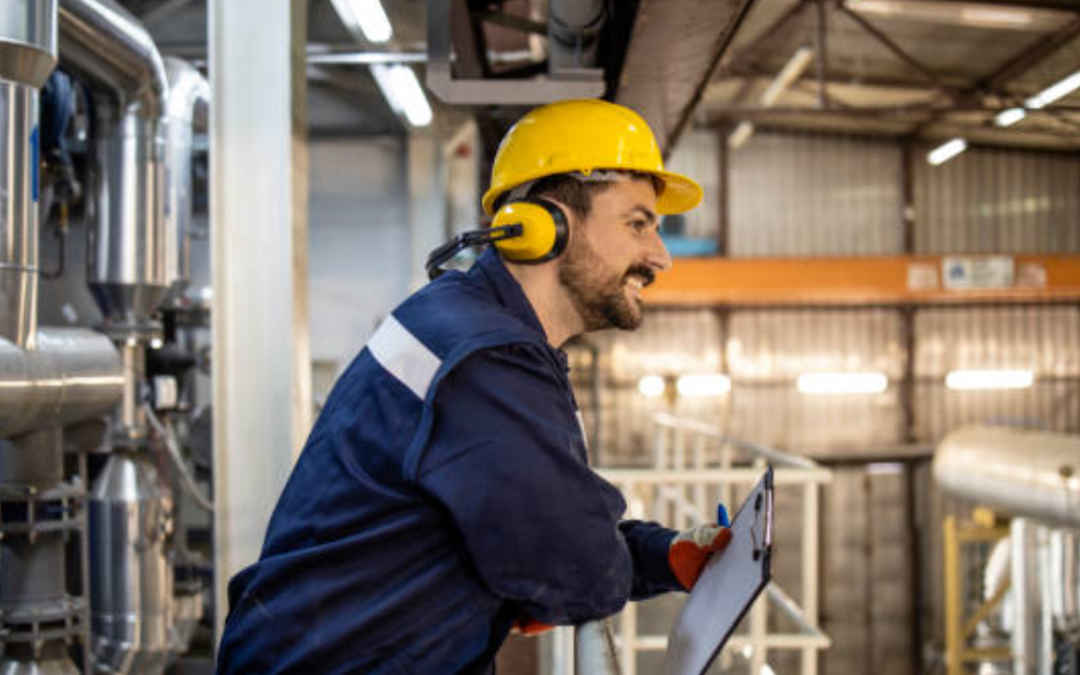Leakage in industrial systems can lead to inefficiencies, costly downtime, and even dangerous situations if improperly handled.
In order to prevent leaks in critical applications requires careful selection, installation and regular maintenance of components such as valves.
Among the most important components for controlling fluid flow and preventing leaks are full port ball valves. These valves are effective in high-demand industry settings.
By understanding how to prevent leakage, you can improve the reliability and safety of your systems.
1. Choose High-Quality Valves
The first step in preventing leakage is choosing high-quality valves. These ball valves are preferred because of their superior flow efficiency and reliability. Look for valves made from durable materials like stainless steel, which are resistant to corrosion and wear. Stainless steel valves are especially beneficial for systems that handle corrosive chemicals or high-pressure fluids, as they can withstand the harsh conditions without failing.
Ensure that the valves are designed to handle the specific pressures and temperatures in your system. The right valve should be rated for the maximum operating pressure and temperature of the system to avoid failure due to over-stressing.
2. Proper Installation
Installation is crucial in preventing leaks. Even the best valve will leak if improperly installed. When installing a valve, make sure to follow the manufacturer’s instructions carefully. For threaded valves, like a 2 piece full port ball valve, use the correct thread type and ensure that it is screwed tightly into place. Ensure that all components are properly aligned, and avoid cross-threading or over-tightening, which can damage the valve and cause leaks.
Using thread sealants or PTFE tape can help ensure a tight seal, but these should be applied sparingly and evenly. Too much sealant can actually cause problems by preventing proper valve seating, which can lead to leaks.
3. Regular Maintenance and Inspections
Valves need to be regularly maintained to function correctly. Over time, wear and tear can affect the sealing surfaces, making them susceptible to leaks. Regularly inspect the valves and replace any worn or damaged parts, including seals and O-rings.
It’s important to ensure that the valve remains clean, especially in systems that deal with fluids that may contain particulates or debris. This debris can cause the valve to malfunction and lead to leaks. Use appropriate filters and strainers to protect your valves from contamination, and clean the valve body as part of regular maintenance.
4. Use of High-Quality Seals
The seal material plays a significant role in preventing leakage. PTFE (Teflon) seals are commonly used in these ball valves because of their resistance to both heat and chemical reactions. They form a tight seal and can withstand a wide range of temperatures and chemicals, making them ideal for industrial applications.
Ensure that the seals used are compatible with the fluid being transported and the conditions of your system. Over time, seals can degrade, especially if exposed to extreme temperatures or corrosive fluids. Regularly check for signs of wear, and replace seals promptly to maintain the integrity of the valve and prevent leaks.
5. Pressure Relief Mechanisms
In some systems, pressure fluctuations can lead to leaks if not properly managed. Incorporating pressure relief valves can help protect your system and valves from pressure spikes. These relief valves are designed to open and allow excess pressure to escape, preventing damage to the main valve and other components.
Pressure relief valves are especially important in systems that deal with volatile or pressurized fluids. By preventing pressure buildup, these valves reduce the likelihood of leaks caused by over-pressurization.
6. Proper Valve Sizing
Choosing the right valve size is critical in preventing leakage. A valve that is too large or too small for the application may not seal properly, leading to leaks. In systems with high flow rates or pressures, a 2 piece full port ball valve is often the best choice because of its ability to handle large flows without causing turbulence or pressure drops.
By ensuring that your valve is properly sized, you reduce the risk of damage to the valve, which could otherwise result in leakage. Proper sizing also ensures that the flow rate remains efficient and consistent, further improving the performance of the system.
7. Avoid Vibration and Shock
Industrial systems often involve high pressures and varying flow rates that can lead to vibrations and shocks. These forces can damage the valve body or loosen connections, resulting in leaks. To mitigate this risk, use vibration-damping mounts or install shock-absorbing devices in your system.
Ensure that all pipes and connections are properly supported to prevent unnecessary stress on the valves. If vibrations are a concern, consider valves specifically designed to handle these conditions.
Conclusion
Preventing leakage in critical industrial applications requires careful selection, installation, and maintenance of high-quality valves. By choosing the right materials, regularly inspecting valves, and ensuring proper sizing, industries can reduce downtime, improve efficiency, and enhance safety. Taking proactive steps ensures the reliability of fluid control systems and helps avoid costly repairs and hazardous situations.

Recent Comments